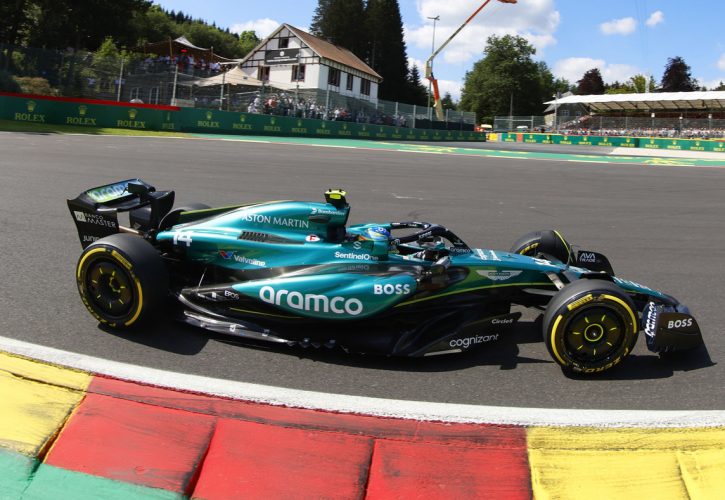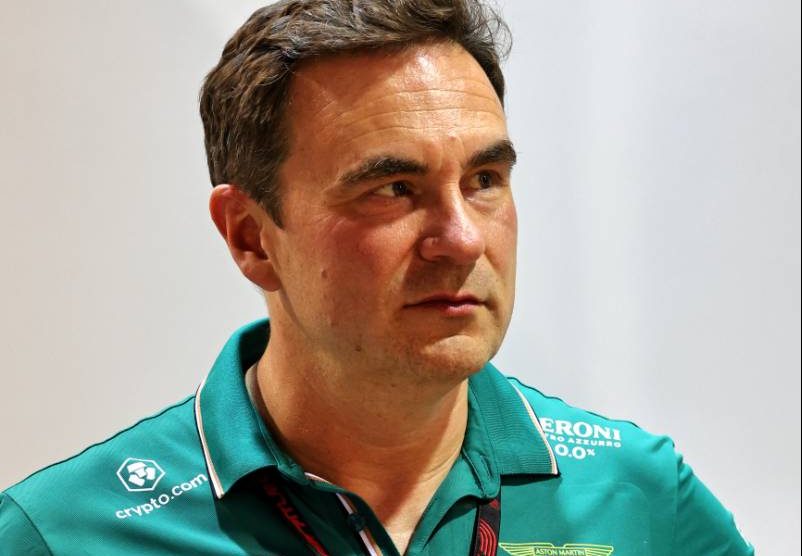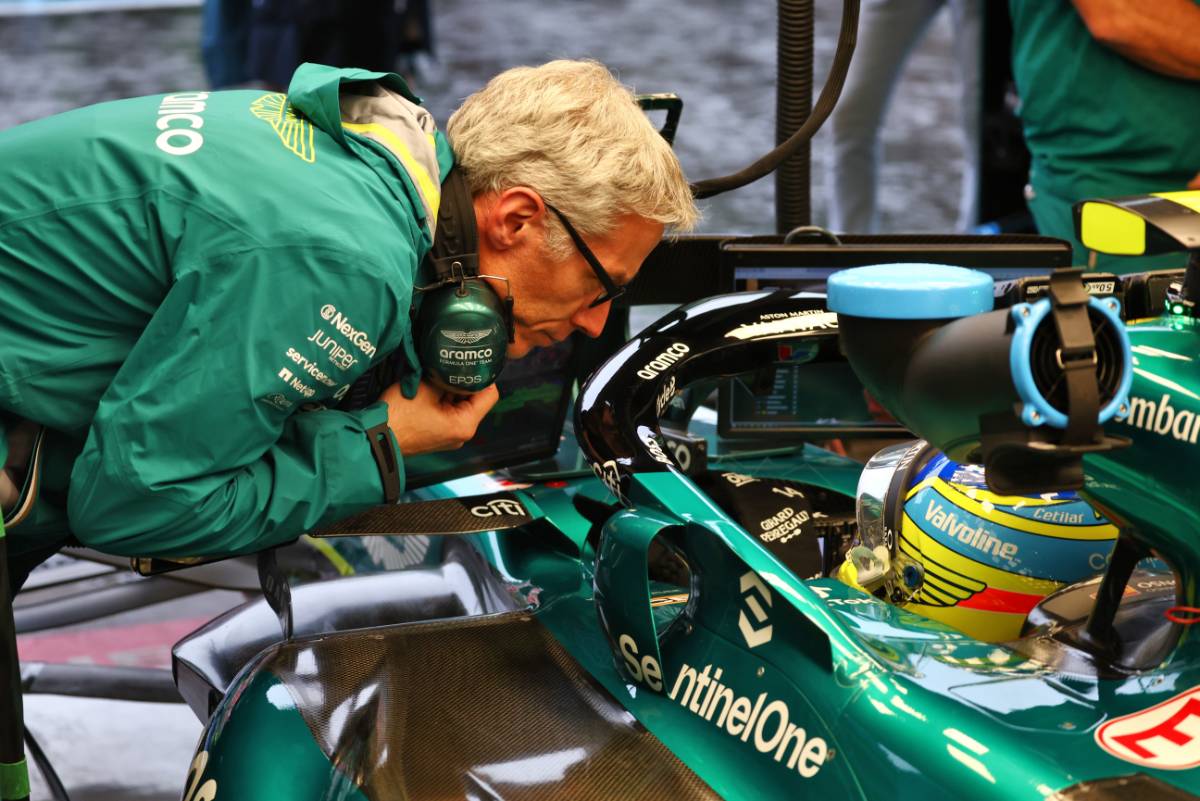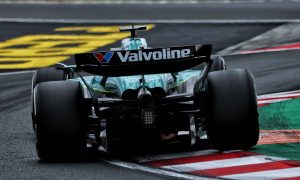
In common with most teams on the grid, Aston Martin is trying to find the optimum balance developing different cars for 2025 and 2026. But in Aston's case the calculation is complicated by some unique factors.
Regulations remain largely stable for next year but there are still tweaks teams can make to improve on their current performance - as this year's progress by McLaren and Mercedes eating into Red Bull's previous dominance has shown.
But the 2026 season will see a far more wide-ranging revamp of the technical specifications, with highlights including movable aerodynamics, a shorter wheelbase and narrower design.
It means that much of the work spent on next year's "business as usual" cars could end up being cast aside almost immediately when the new rules come into effect 12 months later.
Meanwhile the FIA has imposed strict rules preventing teams from jumping the gun and using limited budget and technical resources to begin development on cars for 2026 before January 1.
It means the team is pressing on with work for 2025 while it can, with technical Director Dan Fallows telling the media recently as reported by Motorsport Week.
"I’m sure lots of teams will do the same thing, but we’re absolutely focused on trying to make sure we can get AMR25 into the best shape as possible early on," he said when asked about an extra push to get 2025 development completed.
“It’s going to be a challenge for everybody," he acknowledged. "Trying to split your resources, particularly next year when we can do work on both, is going to be a big challenge.

“How much effort do you put into the ’25 car, how much you divert resource to '26," he continued. “The last thing you want to do with engineers is to give them two problems at the same time.
"They start forgetting which car they’re working on and things like that," he noted. “It’s important for us to make sure that they have that clarity of purpose so they know exactly what they’re working on.
"But we have to be very adaptable in terms of moving resource around.”
One of the key resources involved is the air tunnel. Aston currently uses Mercedes' facilities at Brackley for their aerodynamic development testing, but is in the final stages of completing work on its own new tunnel at Silverstone.
And that presents a next level headache for Fallows and his team, since transitioning from one to the other means there needs to be a hard cut off date between the two parallel development programs.
“We can only nominate one wind tunnel at a time, so we have to agree a date that we will go out of one wind tunnel into another,” Fallows said.
“Obviously picking that date is important. It means the new tunnel has to be ready, we have to have the new models available," he stressed. "It’s very clear what we need to do, we just have to get that date."

Other alternatives are theoretically available, including transferring development on the AMR25 from Brackley to their own new state-of-the-art wind tunnel midway through. But every choice comes with risks and costs.
"We have all of the options to do that kind of stuff if we want to," was as far as Fallows was able to go at this point.
The team got off to a flying start to the 2023 season and rivalled that year's Red Bull as best in breed, only to slip back as the season progressed.
This year has also seen Aston Martin struggle to maintain it development compared with rivals such as McLaren and Mercedes. The squad is currently fifth in the constructors standings, and two hundred points behind the Big Four teams.
The team is still connected to rumours that it is trying to sign Adrian Newey when the iconic designer leaves Red Bull in 2025. Italian publication Autosprint claimed on Tuesday that a deal had been signed and sealed.
Any public confirmation on that matter wont come until after F1’s summer break. Aston has already secured the services of former Mercedes engine guru Andy Cowell and Ferrari technical director chassis Enrico Cardile.
Keep up to date with all the F1 news via Facebook and Twitter





